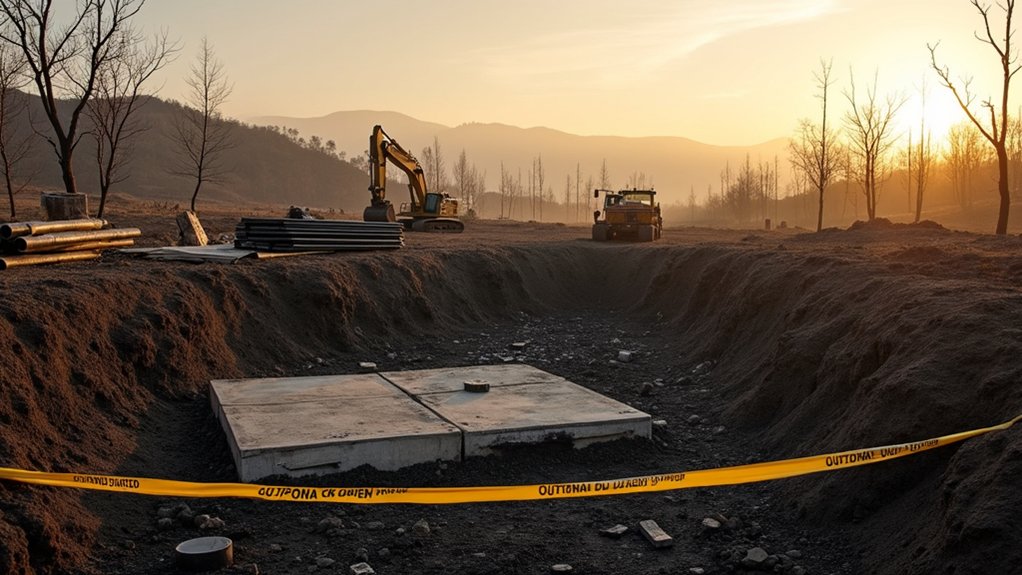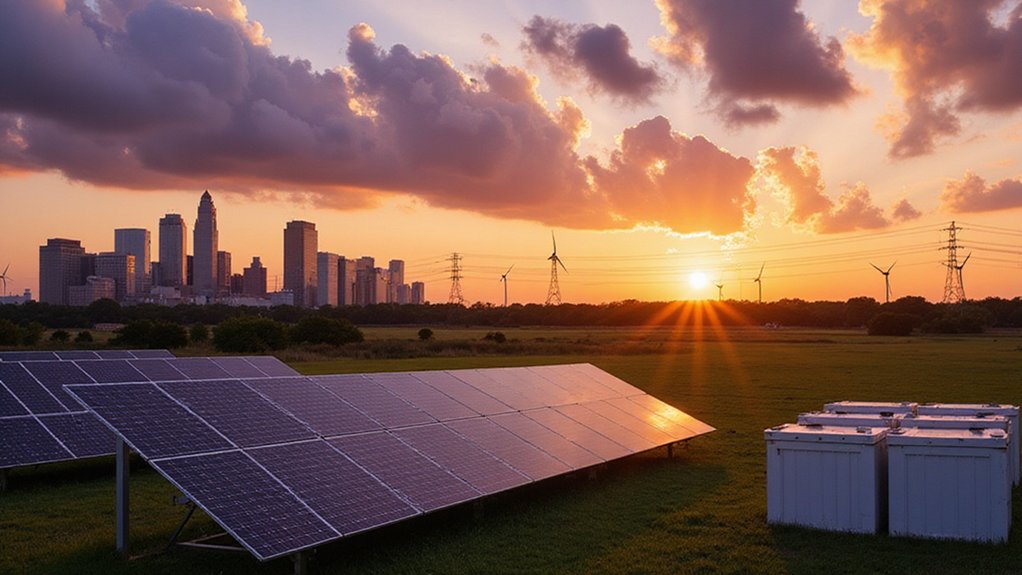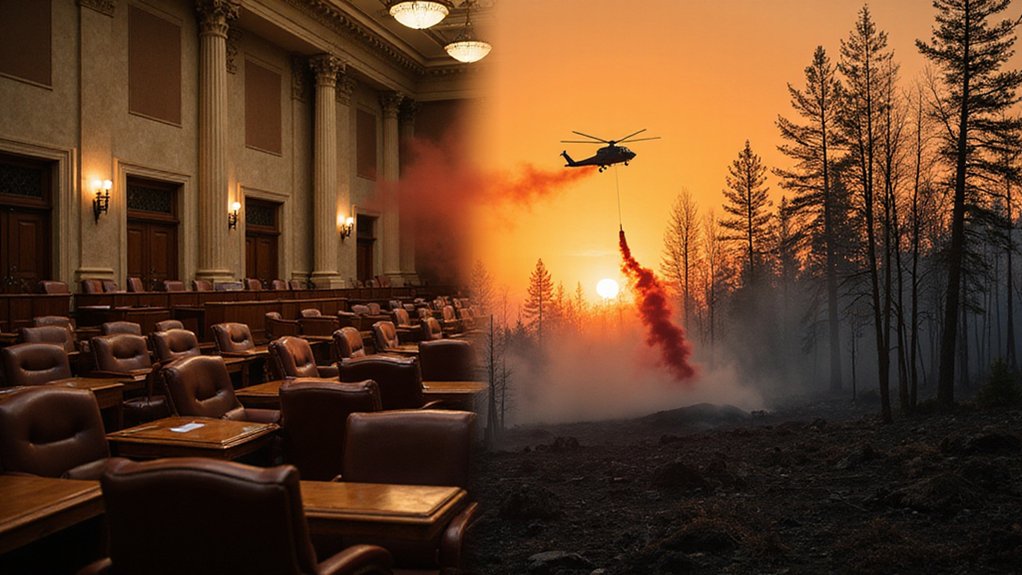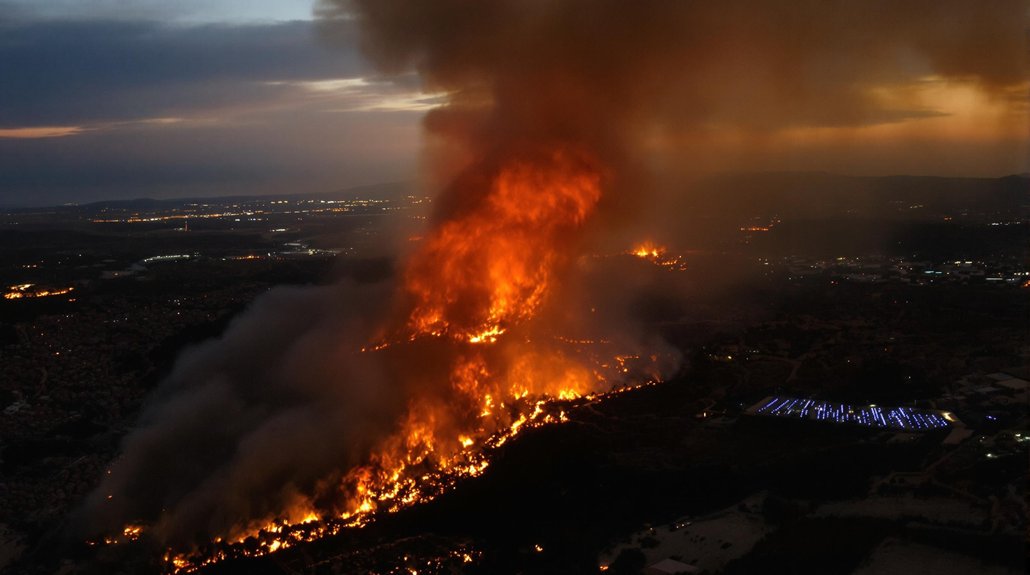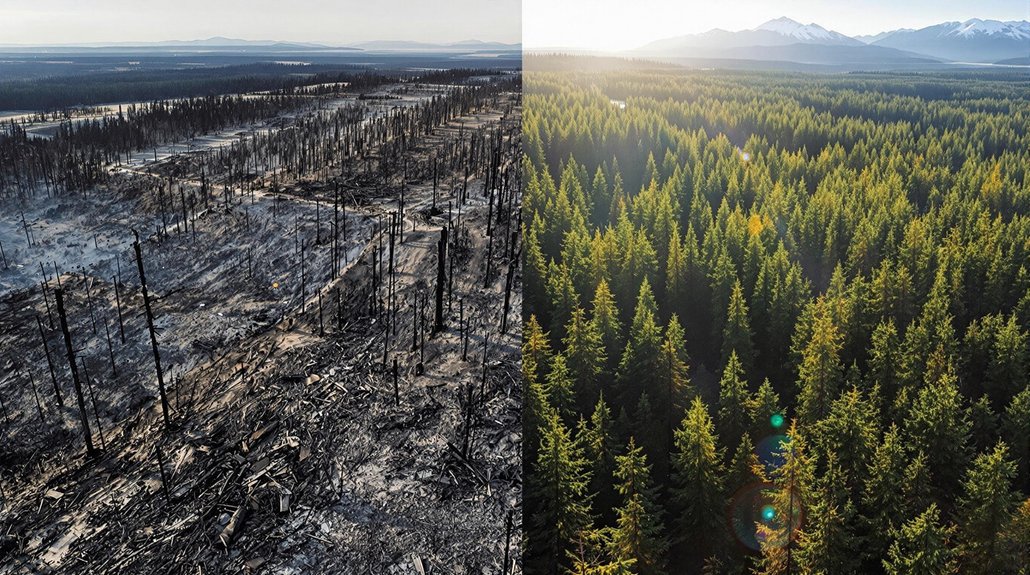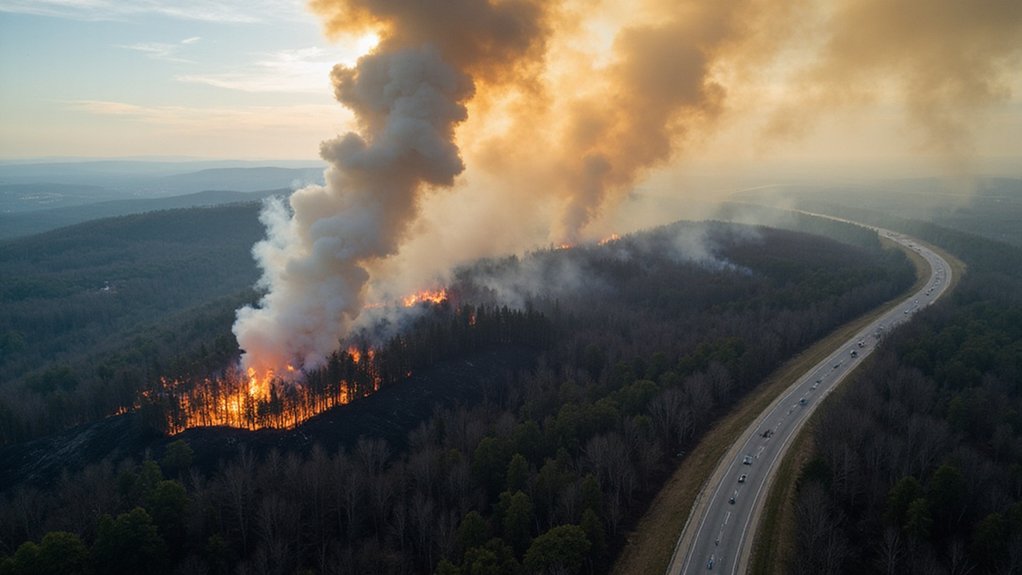How long does it take to rebuild a life? For thousands of Los Angeles residents displaced by January’s devastating wildfires, the answer is painfully slow. With over 16,000 structures and 40,000 acres turned to ash, the road to recovery looks more like a lengthy obstacle course than a sprint.
Sure, officials are touting the “fastest major disaster cleanup in U.S. history.” Nearly 10,000 homes cleared of debris within six months. Great achievement. Fantastic. Too bad clearing rubble is just the starting line of a marathon nobody signed up for.
The harsh reality? Most homeowners face a 12 to 36-month rebuilding process. Those lucky few with perfect documentation and cooperative insurance companies might—emphasis on might—see reconstruction in 12-18 months. But that’s about as common as rain in a Southern California summer.
What’s the holdup? Take your pick. Permitting bottlenecks. Construction costs that seem to rise faster than the smoke did. Insurance disputes that drag on endlessly. And don’t forget the joys of living without utilities while your lot sits barren and unsafe.
Government officials, naturally, have a plan. The LA County Forward Blueprint promises to cut red tape. New Community Rebuilding Authorities aim to centralize recovery coordination. Executive orders to fast-track rebuilding are in place. Problem solved, right? Not exactly.
Meanwhile, construction costs continue to balloon, crushing dreams of affordable rebuilding. Underinsured homeowners discover the fine print in their policies. The California insurance market itself teeters on the edge of viability in fire-prone regions. As extreme weather events become more frequent due to climate change, insurance companies are increasingly reluctant to cover high-risk areas. Experts from ULI Los Angeles, UCLA Ziman Center, and USC Lusk Center have brought together 100 specialists to develop potential solutions, but implementation remains slow.
Homeowners choosing between “like-for-like” rebuilds and custom designs face additional permitting delays that further stretch the already lengthy timeline. At least infrastructure restoration is getting priority funding. Schools are being fast-tracked. Community blueprints offer a path forward. Everyone’s working together in perfect harmony! If you believe that, there’s some beachfront property in the Mojave Desert you might be interested in.
The truth is simple and brutal. For thousands of Angelenos, home sweet home remains years away. Three years to rebuild isn’t pessimistic—it’s realistic. Life goes on. Just not where it used to be.
References
- https://knowledge.uli.org/en/reports/research-reports/2025/project-recovery-rebuilding-los-angeles-after-the-january-2025-wildfires
- https://www.gov.ca.gov/2025/07/07/six-months-after-the-la-fires-nations-fastest-residential-cleanup-nears-completion-as-governor-newsom-signs-streamlining-executive-order-joins-local-leaders-to-unveil-blueprint-for-rebuildi/
- https://www.latimes.com/wildfire-recovery/construction/story/timeline-rebuilding-home-wildfire
- https://recovery.lacounty.gov/2025/07/14/los-angeles-county-previews-new-blueprint-to-speed-rebuilding-and-cut-costs-for-residents-as-next-phase-of-restoration-begins-2/
- https://laedc.org/wpcms/wp-content/uploads/2025/02/LAEDC-2025-LA-Wildfires-Study.pdf
